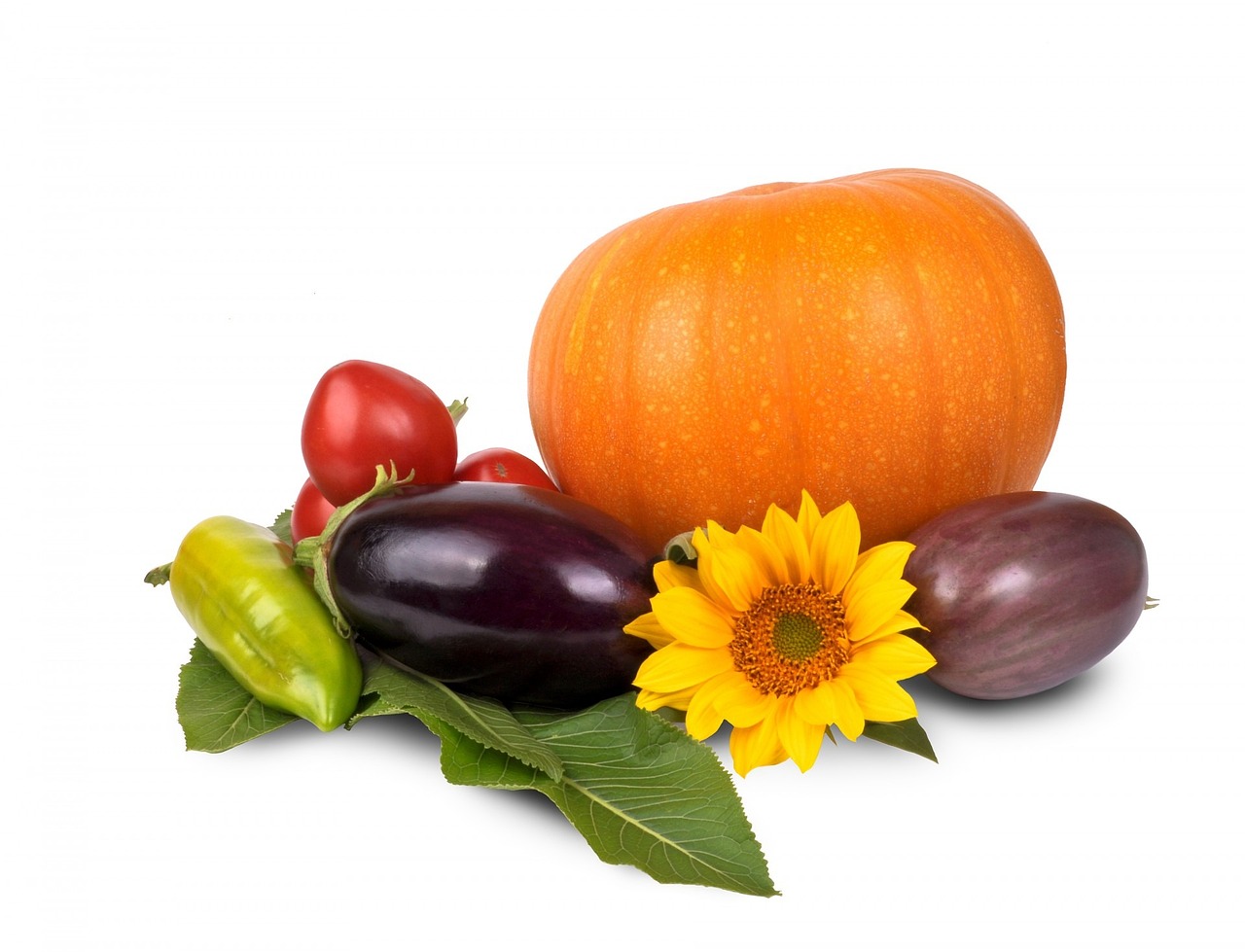A Deep Dive into the Sustainable Seafood Movement
Sustainable seafood refers to fish and shellfish that are caught or farmed using methods that maintain healthy populations of the species and minimize harm to the marine environment. This involves considering factors such as the impact of fishing practices on the ocean ecosystem, the use of chemicals and antibiotics in aquaculture, and the welfare of workers in the seafood industry. Essentially, sustainable seafood aims to ensure that current and future generations can continue to enjoy seafood without depleting the ocean’s resources or causing irreparable damage to marine habitats.
By choosing sustainable seafood over non-sustainable options, consumers can play a crucial role in supporting responsible fishing and aquaculture practices. This includes opting for seafood that is certified by credible organizations like the Marine Stewardship Council (MSC) or the Aquaculture Stewardship Council (ASC), as well as being aware of where their seafood comes from and how it was produced. Overall, promoting sustainable seafood not only helps preserve marine biodiversity but also safeguards the livelihoods of fishing communities and promotes ethical practices within the seafood industry.
Why is Sustainable Seafood Important?
Sustainable seafood is crucial for the health of our oceans and the long-term wellbeing of marine ecosystems. Overfishing and destructive fishing practices can deplete fish populations, disrupt the balance of marine life, and harm habitats. By choosing sustainable seafood, consumers can help support responsible fishing practices that aim to ensure fish stocks are able to replenish themselves for future generations.
Additionally, sustainable seafood plays a key role in maintaining food security for communities around the world. Many people rely on seafood as a primary source of protein, and unsustainable fishing practices can threaten the availability of this vital food source. By promoting sustainable fishing methods, we can help safeguard the livelihoods of fishing communities and ensure that seafood remains a nutritious and accessible option for all.
History of the Sustainable Seafood Movement
The roots of the sustainable seafood movement can be traced back to the late 1990s when concerns over overfishing and negative environmental impacts in the fishing industry started to gain traction. As consumers, chefs, and environmental organizations became more aware of the issues surrounding seafood production, a call for more responsible and sustainable practices arose.
With the release of the Monterey Bay Aquarium’s Seafood Watch program in 1999, the movement received a significant push towards raising awareness and providing accessible information to help individuals make informed choices when it came to purchasing seafood. This marked a turning point in the industry, as consumers and businesses began to pay more attention to the sustainability and environmental impact of their seafood choices.
• The late 1990s saw concerns over overfishing and negative environmental impacts in the fishing industry gaining traction
• Consumers, chefs, and environmental organizations became more aware of these issues
• The release of the Monterey Bay Aquarium’s Seafood Watch program in 1999 was a significant milestone for the movement
• This program provided accessible information to help individuals make informed choices when purchasing seafood
• Consumers and businesses started paying more attention to the sustainability and environmental impact of their seafood choices
What is sustainable seafood?
Sustainable seafood refers to seafood that is caught or farmed in a way that helps to maintain the long-term health of fish populations and the marine environment.
Why is sustainable seafood important?
Sustainable seafood is important because it helps to ensure the health of our oceans and marine ecosystems, supports local fishing communities, and provides consumers with a responsible choice for their seafood consumption.
What is the history of the sustainable seafood movement?
The sustainable seafood movement began in the late 1990s in response to growing concerns about overfishing and the environmental impact of fishing practices. Organizations like the Marine Stewardship Council and Seafood Watch have played a key role in promoting sustainable seafood and raising awareness among consumers and businesses.







